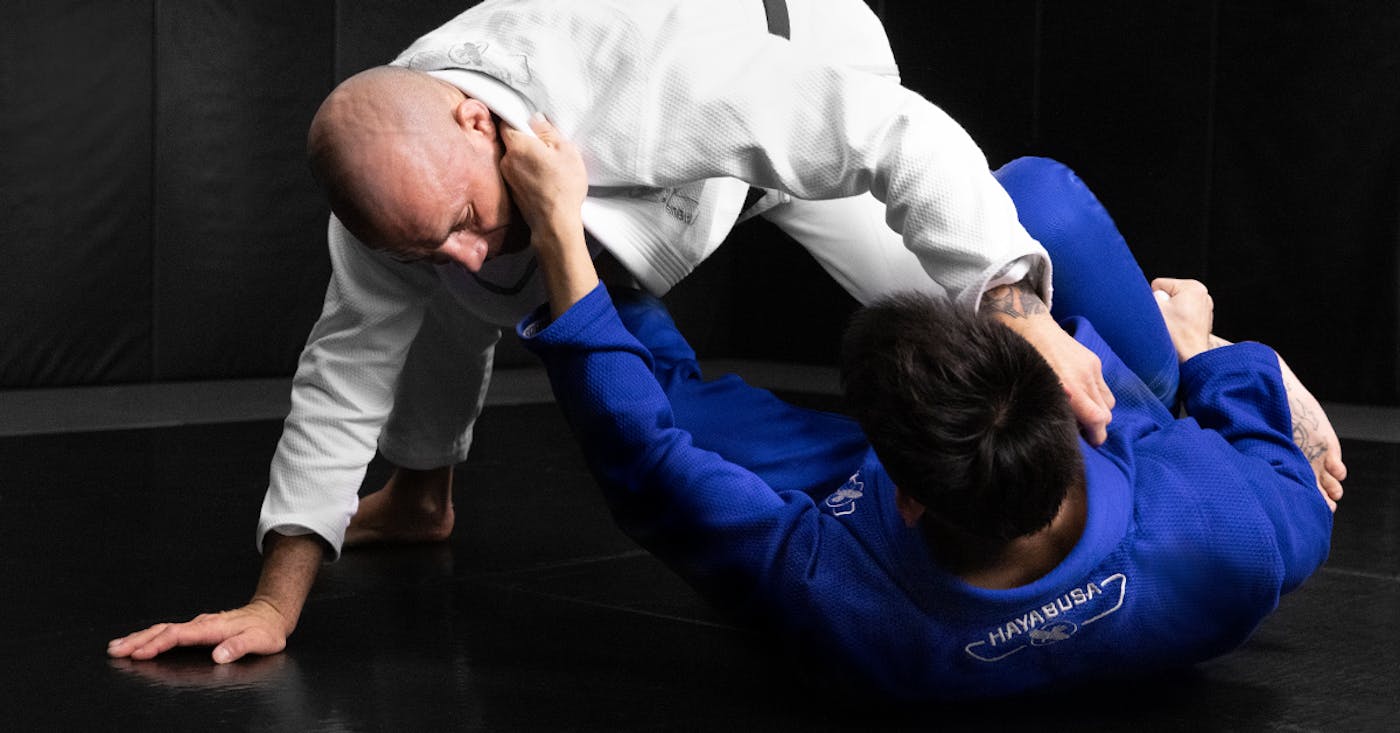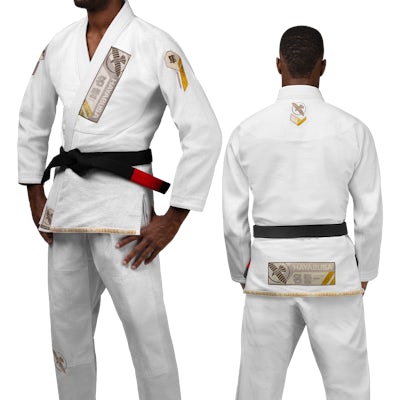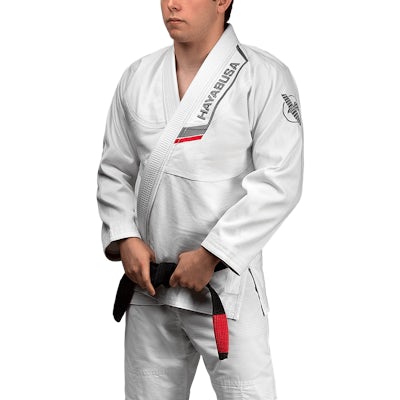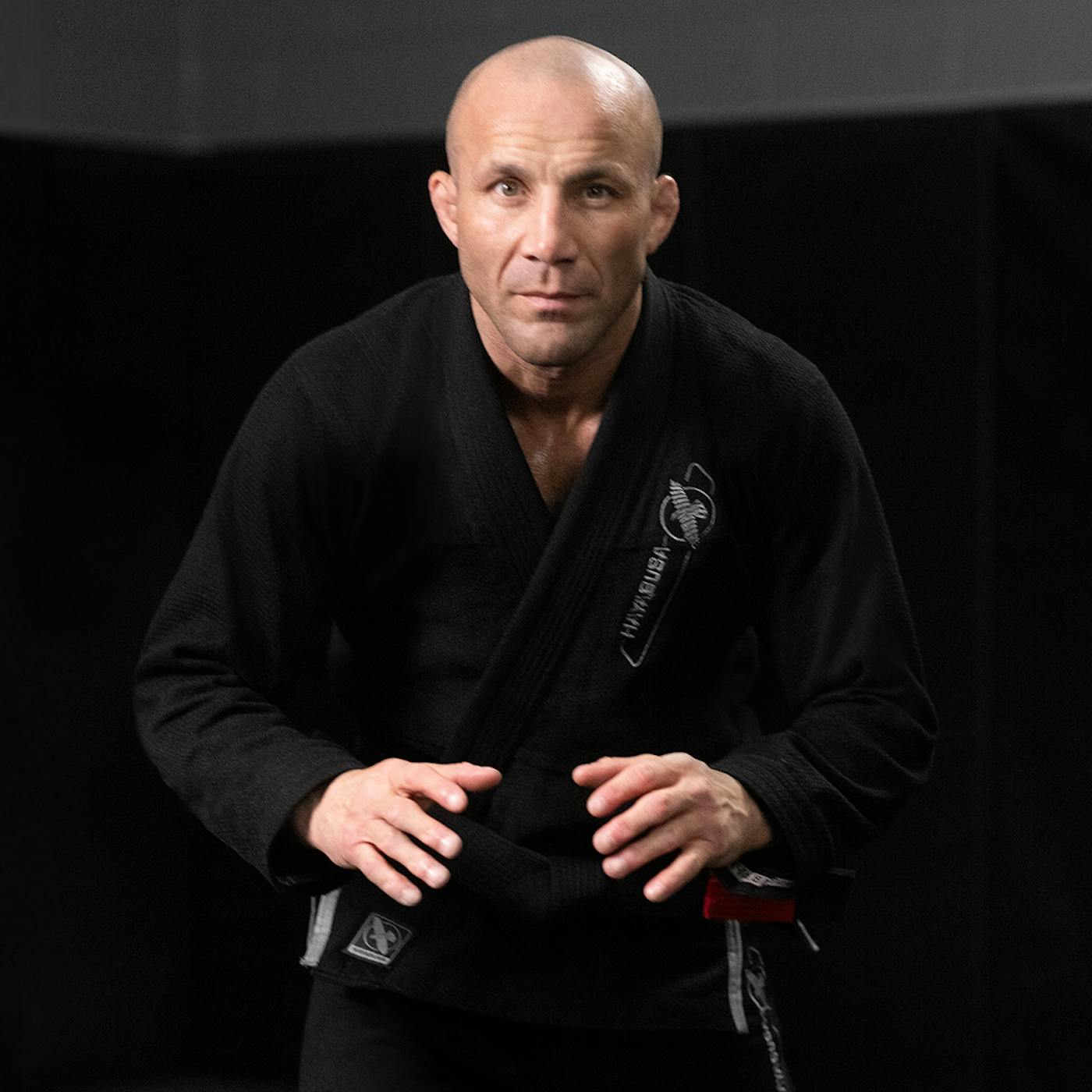BJJ is more than a combat sport. It’s a discovered discipline that revolutionized martial arts and made it the global movement it is today.
Tap into the rich Brazilian Jiu-Jitsu (BJJ) history by stepping back to an era of samurais and shoguns and witnessing the evolution through different dynasties and families.
In this guide, walk the path of Brazilian Jiu-Jitsu origins and see how the subtle differences over time have shaped the modern fight world.
The Samurai Connection: The Birth of Jiu-Jitsu
Hailing back to feudal Japan, when samurai warriors were called into action, Jiu-Jitsu was a type of training all soldiers were well-versed in.
The earliest forms of these military-based techniques included joint locks and throws to leverage force and inflict pain upon opponents, as well as chokes and holds to subdue them.
Over time, as these techniques were modernized and used both in and out of battle, the birth of Jiu-Jitsu eventually evolved into Judo.
Related Read: The History and Tradition of Jiu-Jitsu
The Judo Influence: Kano Jigoro & The Birth of Newaza
Jigoro Kano founded judo in the 1800s by refining the early form and teachings of Jiu-Jitsu and transforming it into a structured framework.
Most notably, his innovations in the sport included the introduction of belt rankings which are still used today. These rankings have become prominent in the history of BJJ, with other martial arts including judo and karate following suit.
Additionally, the inclusion of live sparring, known as randori, was introduced as a way to test fighting techniques in real-life scenarios.
Later, ground fighting (newaza) became a signature part of the sport and eventually became the core tenet of BJJ.
Related Read: Belt Levels in Jiu-Jitsu: A Guide to BJJ Ranks

Mitsuyo Maeda: The Man Who Brought Judo to Brazil
To spread the word and drive interest in judo, legendary fighter Mitsuyo Maeda (Count Koma) traveled the world, demonstrating and winning thousands of matches using its principles.
In the early 1900s, Maeda arrived in Brazil where he met BJJ founder Carlos Gracie and taught him the foundations of judo.
Eventually, Carlos and his brother, Hélio started the BJJ lineage, introducing technique modifications to the ancient sport and modernizing it into its recognized form still practiced today.
The Gracie Revolution: How BJJ Was Born
The roots of Brazilian Jiu-Jitsu origins focus on ground fighting driven by brute force and strength. However, the Gracie brothers reframed this approach to favor leverage through their own key innovations.
These included guard-based strategies, submissions, and a belt system inspired by the early teachings of judo. They introduced the Gracie style of BJJ with The Gracie Challenge.
This open-invitation competition was first held in the 1920s. Its purpose was to highlight the effectiveness and impact of the brothers’ innovative style.
By the 1980s, the Gracie Academy was established in the U.S. by Rorion Gracie, who perpetrated the BJJ lineage. This set the tone for what he would become the Ultimate Fighting Championship (UFC), which he co-founded.
Related Read: How to Strengthen Wrists for BJJ & Boxing
The Global Expansion: How BJJ Took Over the World
As BJJ grew in recognition on a global scale, so did the rise in competition. Formal rules were established by the International Brazilian Jiu-Jitsu Federation (IBJJF) in 2002, and a worldwide phenomenon was born.
BJJ has expanded well beyond Brazil & the U.S., with athletes from nearly every continent leaving their mark on the sport.
Every generation of athletes offers their own style and additions to the sport through various strategies and tactics, but the spirit of the sport remains true to its roots.
Related Read:Guide to Kickboxing for Beginners
Hayabusa Ascend Lightweight Jiu Jitsu Gi

Hayabusa Warrior Gold Weave Jiu Jitsu Gi

Hayabusa Essential Gold Weave Jiu-Jitsu Gi

Hayabusa Ultra-Lightweight Jiu Jitsu Gi

The Ever-Evolving Art of Brazilian Jiu-Jitsu
What started as militaristic combat and evolved into “ground judo” has become a disciplined form of martial arts with a unique philosophy and techniques.
However, fighters are never far from the roots of where it all began as many of the same movements first used on the battlefields in Japan are still emulated in modern-day competitions.
BJJ history has spanned centuries and has created a legacy that continues to take the world by surprise and allows the sport to live on.
Take your place among the champions and secure the BJJ gear you need to train and perform your best.
Explore Hayabusa’s premium Jiu-Jitsu Collection, designed for anyone with an enduring fighting spirit.


